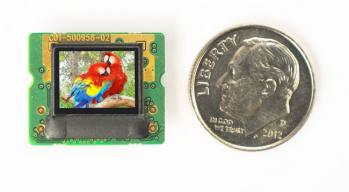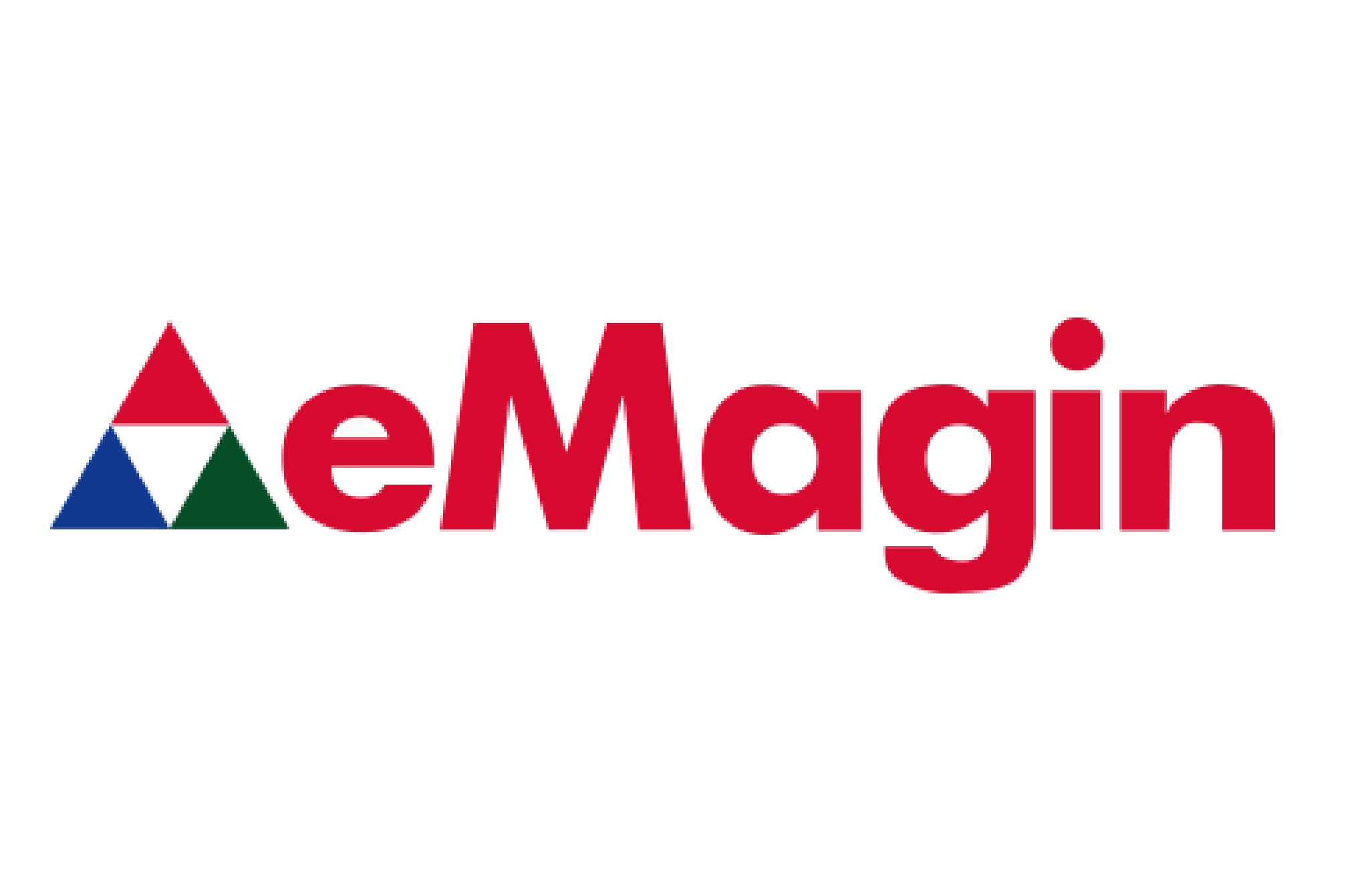Here is the problem with microlens arrays. Let’s say the 8kX panels are 50mm tall, divided by 2160px, is just 23 microns per pixel. Even supposing the pixels can actually change colors (no subpixels), just to divide the display into only 10 regions, each pixel would have to be considerably less than 2.3 microns.
Just 2.3 microns is already dangerously close to the ~0.5micron wavelength of visible light.
A point source of visible light less than about a 1micron is physically impossible. Quantum physics dictates the free-space photon will ‘form’ at comparably random locations below that limit.
At best, there will be little opportunity for further resolution improvement. At worst, there will be severe diffraction artifacts, like was seen on the waveguide AR displays of CES 2019 (but not so much CES 2020). I would also expect aligning microlens arrays to be challenging at best.
What you are likely to end up with, is a diffraction grating. Same thing as a CD-ROM disc, causing a rainbow of colors. Looking at smartphone displays reflecting intense LED light sources, already shows some diffraction patterns, illustrating just how close these displays already are to such things.
Of the technologies I know about, multilayer displays seem by far the most likely. Just take the existing technology, and stack it up.
But then weight becomes a concern.
As I think about it more, some technology for fusing together thin sheets of hardened glass might make the most sense in the near term. Just buy a stack of panels, stick them in a hot press, and done. But then the failure rate could be several times higher. Though the rejects due to subpanel cracking could be reassigned to cheaper single-light-field headsets.
EDIT: I think I might have figured out the only way to do this. Thick carbon fiber backplate. As I think about what allows a panel to crack, it is not tensile strength of the back, but compressive strength (being 10x weaker for most materials) of the front. Thick glass is the usual way to protect LCD/OLED panels. But a thick carbon fiber backplate could have the required stiffness to hold the panels flat enough that much thinner layers of composite glass/adhesive would not be subjected to enough bending to break them.


